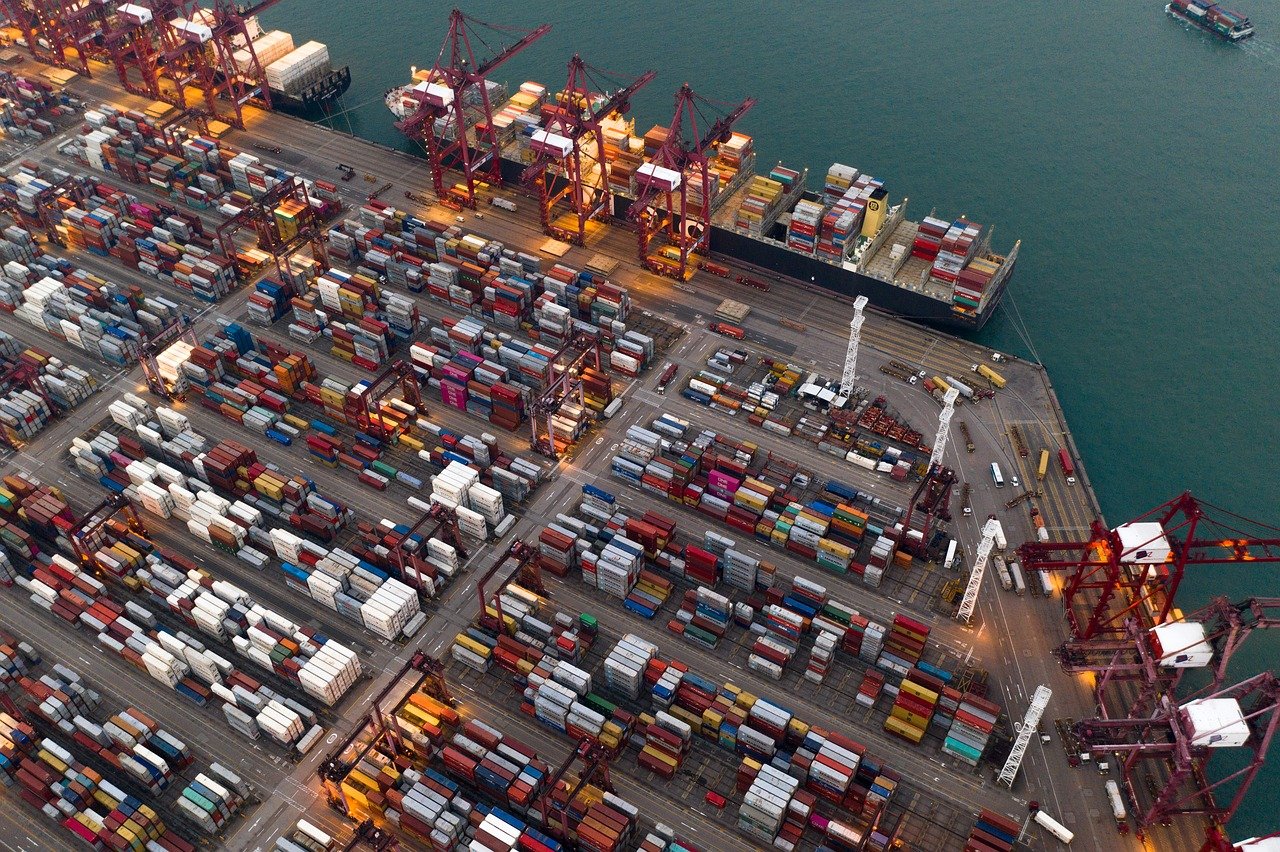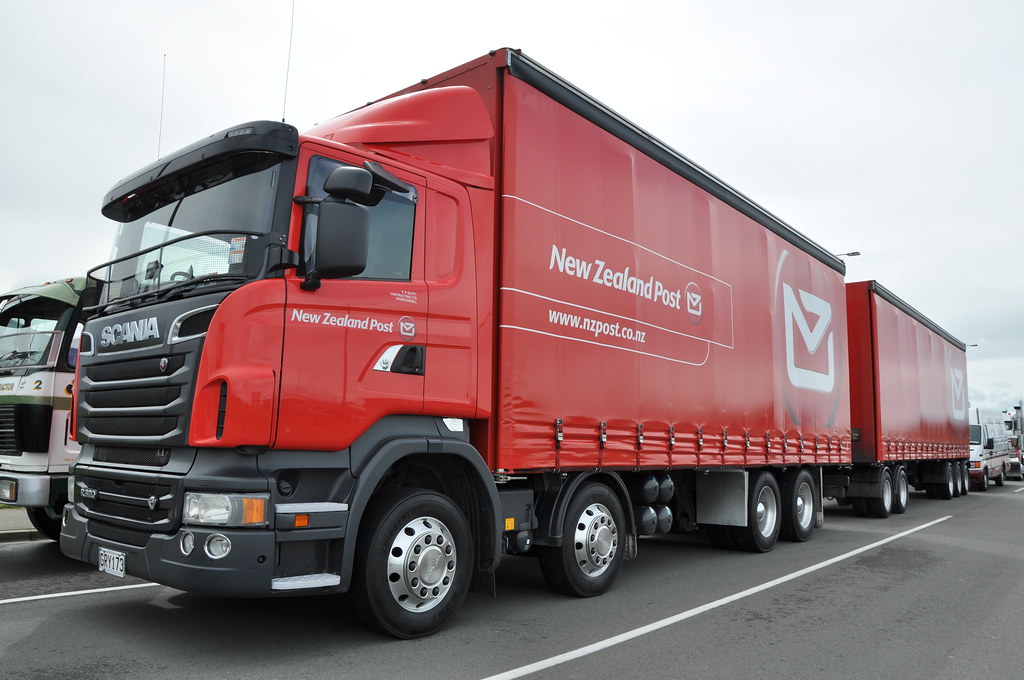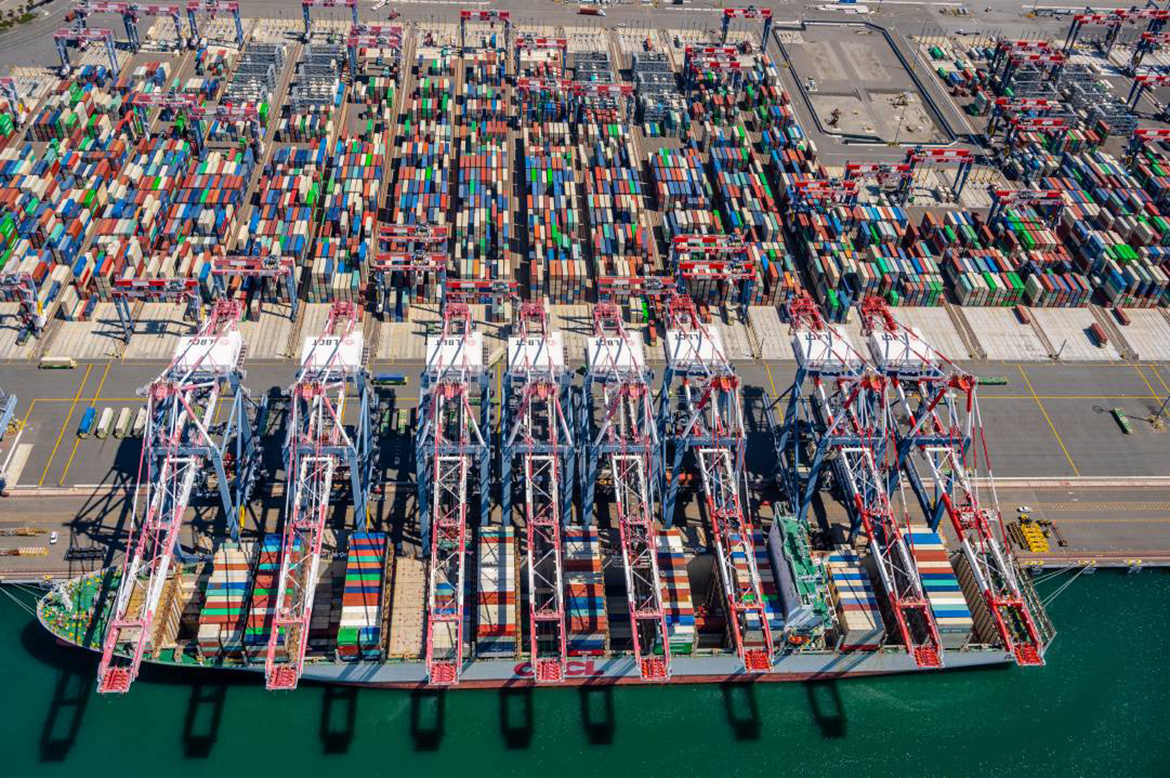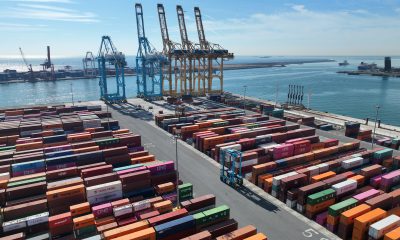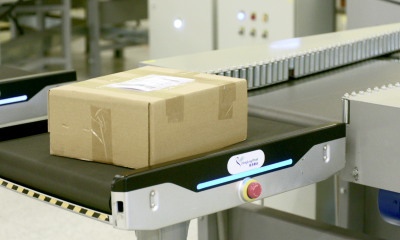The Chilean government signed an agreement to make its vessel tracking data publicly available through the Global Fishing Watch (GFW) map, which tracks the movements of commercial fishing* vessels in near real-time.
The agreement, which was made between Chile’s National Fisheries and Aquaculture Service (or SERNAPESCA) and GFW, demonstrates Chile’s commitment to greater transparency in fishing and is the result of Oceana’s collaboration with the Chilean government to increase transparency of commercial fishing in Chilean waters.
It follows the Chilean Senate’s approval of a bill earlier this year that modernizes SERNAPESCA, and requires that national fishing vessel tracking information, known as Vessel Monitoring System (VMS), be publicly available.
“President Piñera’s government program instructed us to redouble our efforts to fight illegal fishing and work for the adequate management and sustainability of fishery resources,” said Alicia Gallardo, Sernapesca National Director.
“Part of our strategy, in addition to reinforcing supervision, is to engage citizens and actors involved in protecting these resources.”
Gallardo also referred to the collaboration with Oceana, saying “Thanks to this joint effort, we’ve been able to find an effective way to disclose this data, and thanks to the law on modernization, that data is public and can be universally accessible. This is a huge success, because sharing this data publicly can be challenging due to its volume and complexity.”
“Oceana has been working for many years to increase transparency in the fisheries sector and to establish large marine parks,” said Liesbeth van der Meer, Vice President, Oceana Chile. “We believe that Global Fishing Watch will be a great tool to help local communities, and other groups, observe and evaluate the degree of compliance in the recently created marine protected areas.”
GFW provides an unprecedented view of global fishing activity by using machine learning to interpret data from various vessel tracking sources, including automatic identification system (AIS) and VMS data.
While AIS is required for the largest vessels that catch a disproportionately large amount of fish, adding VMS data, which is required by some governments, to the GFW map provides an even clearer picture of fishing vessel activity on our global ocean.
By publishing its VMS data to the GFW platform, Chile’s fishing fleet, comprising more than 700 fishing vessels and more than 800 vessels that provide support for aquaculture, will be viewable by anyone accessing the public map, including governments, fishery managers, seafood buyers, researchers and nonprofit organizations.
“Chile continues to demonstrate its position as a global leader in ocean protection and responsible fisheries management,” said Tony Long, CEO, Global Fishing Watch. “With the latest commitment Chile remains at the forefront of progressive marine stewardship. They join a growing number of countries recognizing transparency is a cost effective and efficient way to enhance vessel monitoring.”
With a coastline of 2,500 miles, Chile is the world’s eighth largest fishing nation with approximately $6 billion in annual seafood exports. The new agreement, signed today, will enhance vessel monitoring to help address overfishing and illegal fishing in Chilean waters. In 2017, the Chilean government established three marine protected areas, which cover 450,000 square miles and include a rich diversity of marine life.
In 2017, Indonesia became the first nation to make its proprietary VMS data available via GFW’s platform – instantly putting 5,000 smaller commercial fishing vessels that do not use AIS on the map. Peru followed in October 2018 in sharing its VMS data, and Costa Rica, Panama and Namibia have made public commitments to join the GFW platform.
“Chile is shining a light on its fisheries and the world should follow its example,” said Jacqueline Savitz, Chief Policy Officer at Oceana. “This bold move will make Chile’s fisheries more abundant and improve the livelihoods of Chileans and others in the region. Making data like this transparent means there will be fewer places for illegal fishers to hide.”
Public sharing of VMS data, including lists of authorized vessels, helps improve surveillance and encourages vessels to comply with regulations. Unauthorized vessels, and those with a history of non-compliance, can be identified more easily and prioritized for inspections, while vessels that turn off tracking devices can be held accountable when they come into port.
“We are excited to be collaborating with a growing number of countries eager to reap the benefits from publicly sharing their vessel data through Global Fishing Watch,” added Tony Long. “Transparency in fishing activity boosts awareness of illegal fishing because the illegal fishers stand out clearly from those who operate within the law.”
Global Fishing Watch, in partnership with Oceana and other organizations, is committed to working with 20 countries to publicly share their vessel monitoring data via the GFW map by 2022 to advance responsible fisheries management.
“The impact of overfishing can’t be overstated – it threatens the health of our oceans, our global food supply, and the environment as a whole,” said Michael R. Bloomberg, UN Special Envoy for Climate Action. “At Bloomberg Philanthropies, our Vibrant Oceans Initiative is helping to rebuild fisheries and bring greater transparency to the industry. The Chilean government, by making its vessel data available to the world, is leading the way toward healthier, cleaner, and more sustainable oceans.”

